Ushering in a New Era for Air Travel
As the aviation industry adjusts to COVID-19, traveling is sure to take on a new form.
By now, it comes as no surprise that the COVID-19 health crisis has severely impacted every industry and has changed how people do, well, mostly everything. While states have started to ease restrictions and have begun a phased reopening of their economies, many uncertainties still persist on the way to a “new normal.”
Stay-at-home and shelter-in-place orders do just that—restrict people from carrying out anything other than essential activities. So how did these measures affect traveling, and more specifically, the aviation industry? According to the International Air Transport Association (IATA), demand for air travel in the U.S. and Europe dropped by more than 90 percent since the onset of the pandemic.
Getting on board with the new normal
In an effort to reboot the industry, IATA has published a proposal dubbed “Biosecurity for Air Transport: A Roadmap for Restarting Aviation,” which outlines temporary biosecurity measures for the aviation industry. Soon after, the International Civil Aviation Organization (ICAO) approved a set of global guidelines for restoring air connectivity known as “Takeoff: Guidance for Air Travel through the COVID-19 Public Health Crisis.” The guideline proposes a phased approach to restarting aviation and provides a series of risk-based, temporary measures aimed at making air transport operations as safe as possible during the coronavirus crisis.
ICAO’s COVID-19 Aviation Recovery Task Force (CART) has worked with governments, health experts and industry stakeholders on putting together “Takeoff,” which has also been approved by the World Travel & Tourism Council (WTTC). Moreover, “Takeoff” complements WTTC’s announced “Safe Travels” protocols. CART’s layered approach includes measures such as physical distancing, wearing face coverings/masks, routine sanitation and disinfection, health screening, contact tracing, passenger health declaration forms and testing, if and when real-time testing becomes available.
With travel groups desperate to resume activity and kick off the journey to recovery, one of the most significant challenges ahead is restoring passenger confidence. From the moment of arriving at the terminal, until boarding the airplane, passengers come in contact with airport staff, fellow travelers and numerous surfaces. While high-tech measures that allow for an absolute touchless experience have yet to fully materialize, many are in the works and some airports around the world have already started using some of them. For example, China requires validation from travelers that they are virus-free by using a QR code-based system, which displays green, yellow or red to show the health status of the passenger.
READ ALSO: Pandemic Puts a Premium on the Outdoors
At Hong Kong International Airport, authorities are testing a full-body disinfection facility called CleanTech. This checks the temperature of travelers and staff before they enter an enclosed channel for a 40-second sanitizing procedure that uses “photocatalyst” and “Nano needles” technologies. Other initiatives include applying invisible antimicrobial coatings to high-touch surfaces, while intelligent sterilization robots disinfect the airport. And while these measures aren’t feasible for every airport around the world, several airlines including Delta, United, American Airlines and JetBlue have implemented other requirements such as compulsory mask-wearing for passengers and crew. Middle Eastern Qatar Airways is among the airlines that have introduced PPE suits for its cabin crew, in addition to gloves, masks and safety goggles as temporary measures.
Some airlines experimented with leaving the middle seat in a row open in an effort to maintain social distance on board, but these attempts have failed in many cases as airlines said they couldn’t guarantee that passengers would be seated next to an unoccupied seat due to weight and balance restrictions. And while this measure might provide some peace of mind to travelers, some experts have deemed the proposal as counter intuitive since it would significantly limit an aircraft’s load factor, reducing it to 66 percent. According to IATA, blocking the middle seat isn’t necessary because air filters ensure safe ventilation, sitting behind seatbacks rather than facing other passengers reduces droplet spread and wearing masks on board further reduces contamination.
As airlines strive to return to normalcy, as much as COVID-19 allows them to, the most important question is: How do travelers feel about potential restrictions, and will people be willing to comply if certain measures are enforced? So far, by taking a glance at social media posts across the board, it seems that a lot of people can’t wait to stand in line for boarding, however that experience may unfold after the pandemic.

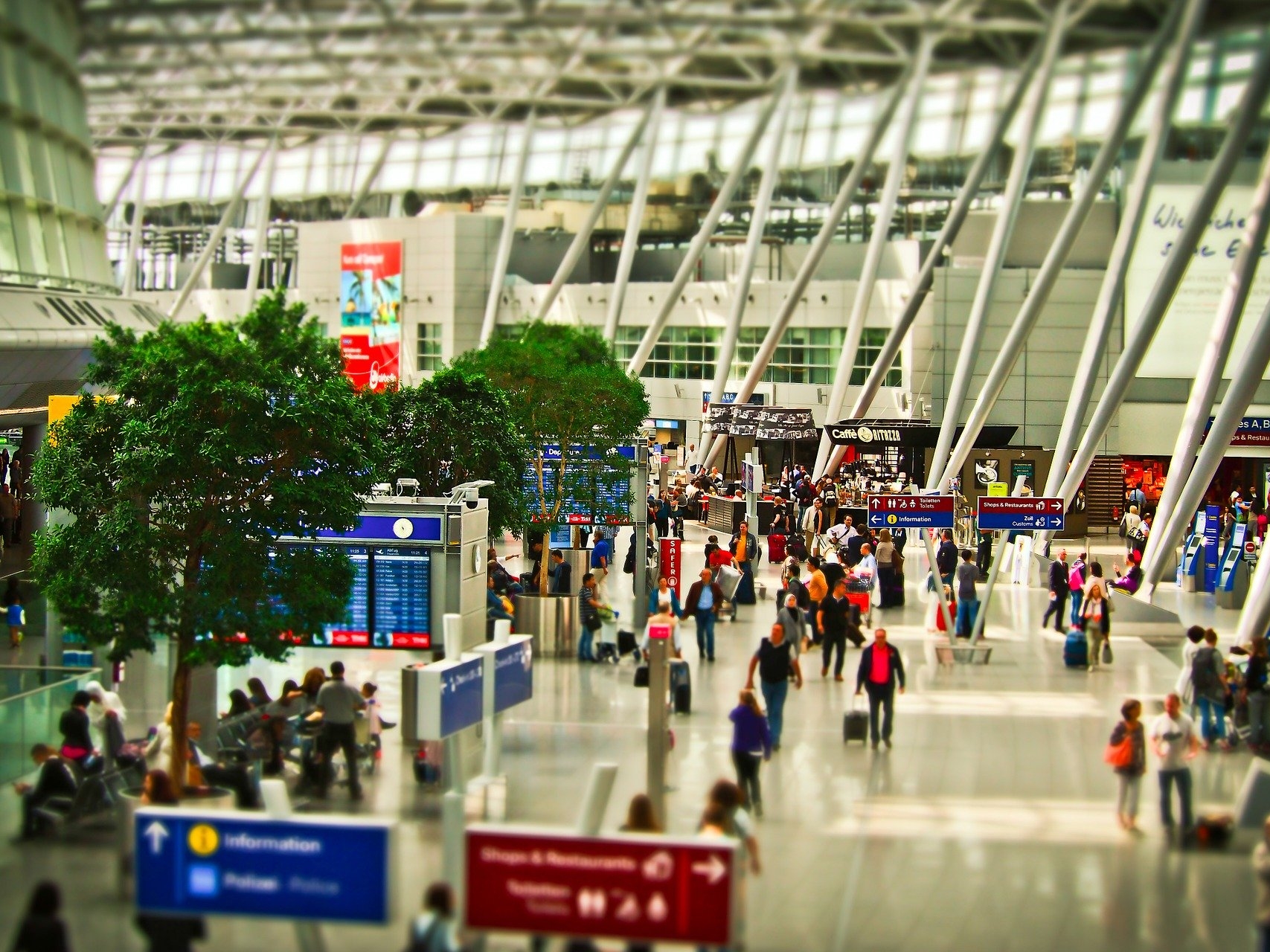
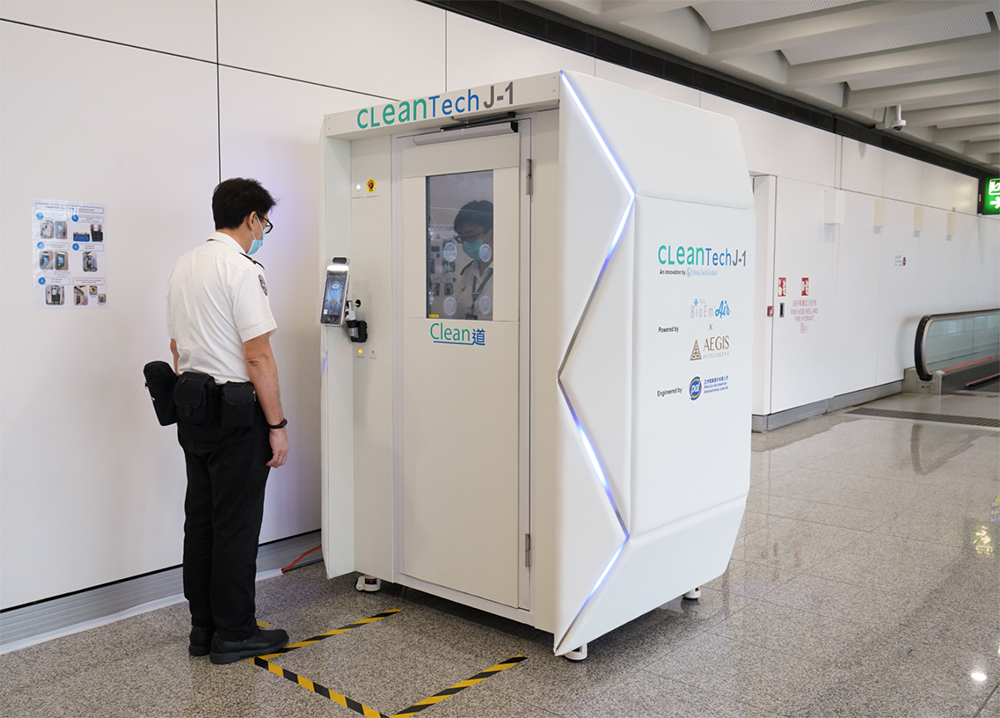
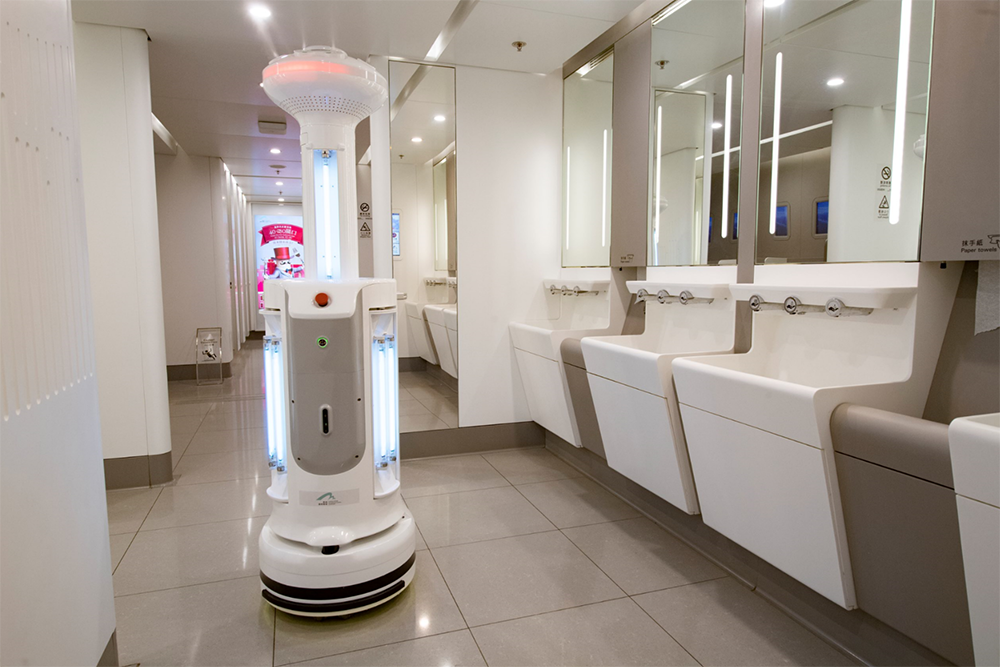
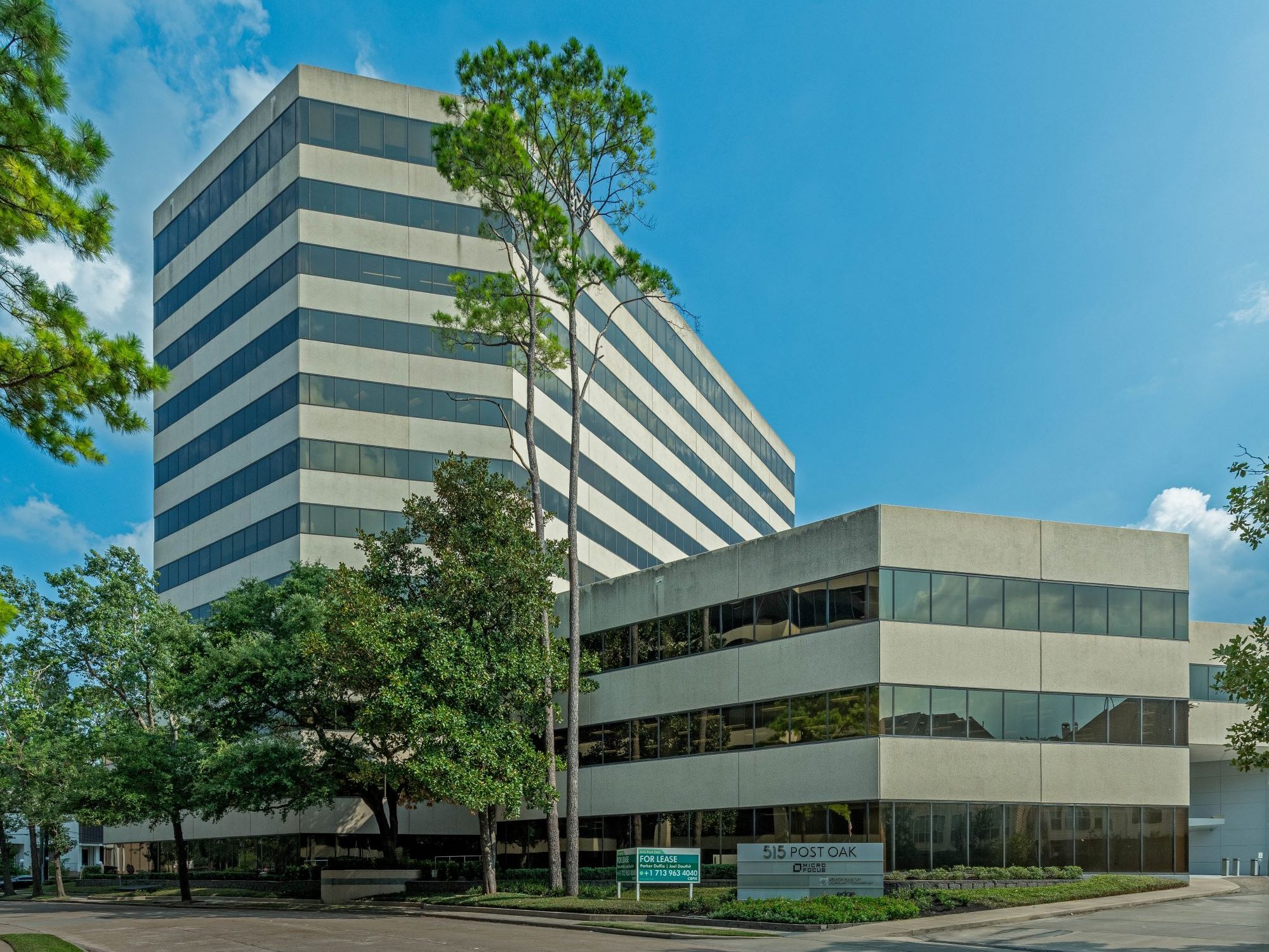


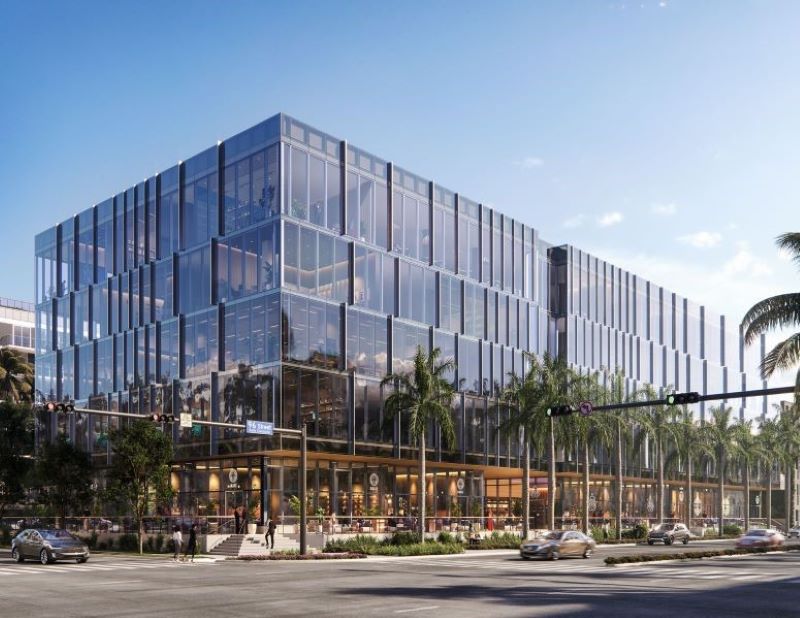
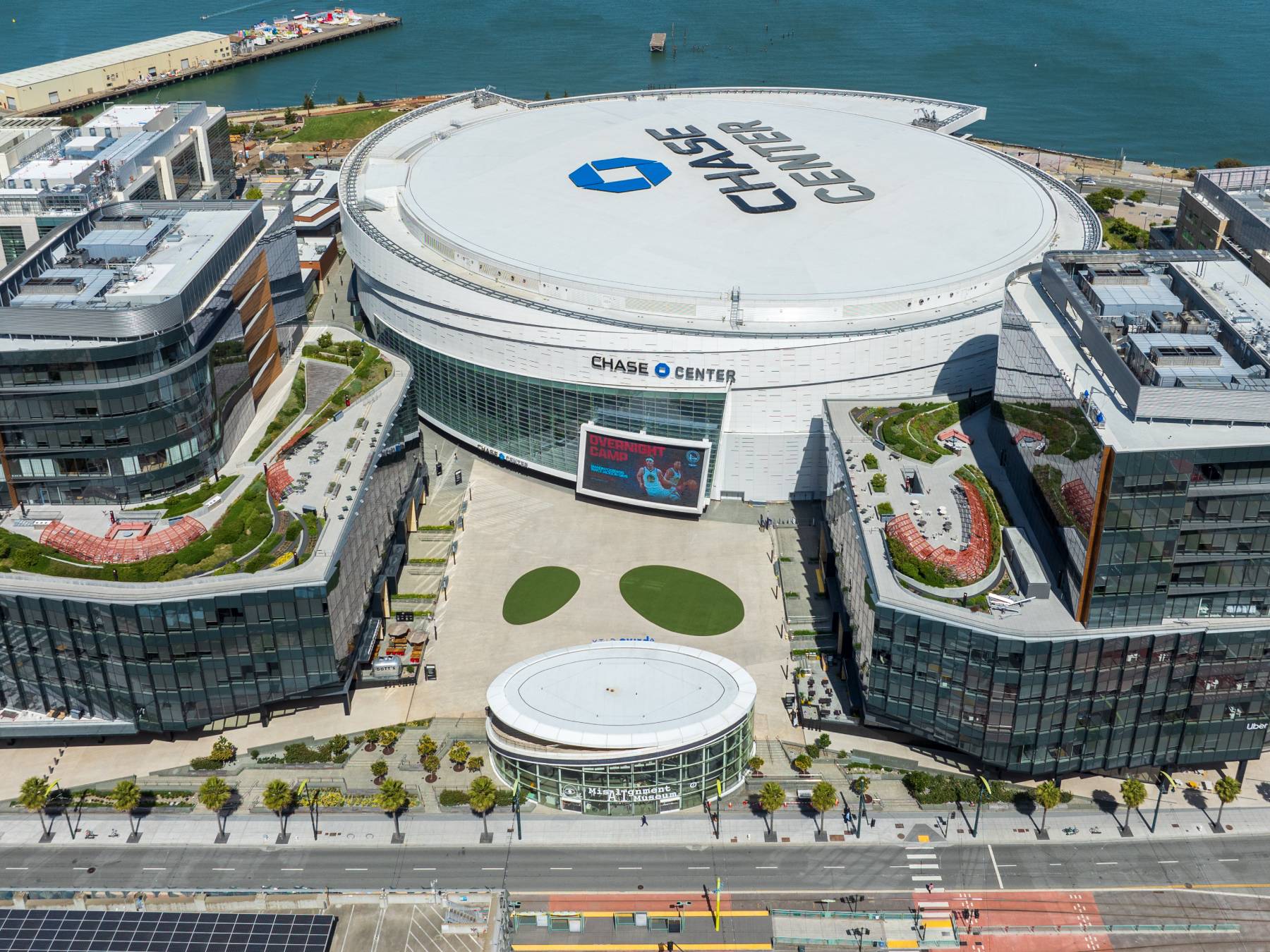
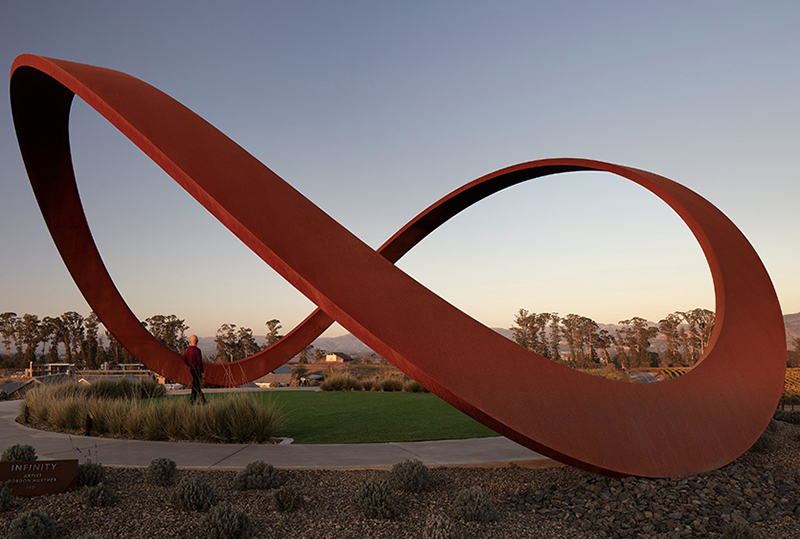
You must be logged in to post a comment.